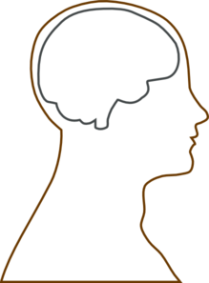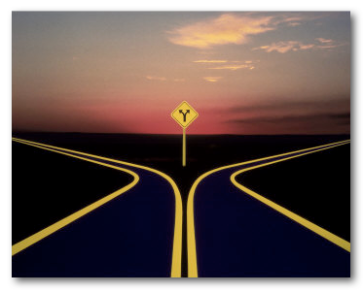It is well-documented that Charles Kingsley wrote The Water-Babies for his youngest son in 1863. While one of his goals was to instill a moral theme, the Golden Rule, for his child to abide by, I, for one, do not think that children should be the intended audience for this text. I feel this way because the text is rife with contradictions and assumptions. The majority of children are unable to garner the true meaning of this text by simply reading the words.
Contradiction seems to be the most observable theme of this text. While it causes chaos from the reader’s end, it is only stabilized by the very neutrality of Tom’s character. There are contradictions of evolution versus Christianity, and influences of good and evil, all of which are complete oppositions. The contradictions presented are more subtextual than overt. For example, the whole world of “water-babies” can be interpreted as a metaphor for an afterlife, yet within the afterlife, the creatures are subjects to evolution. I, for one, do not believe religion and science can coexist because they challenge each other. Also, Mr. Grimes, Tom’s master, is a malicious figure who seems to indoctrinate Tom with a sense of “evil is right”. However, while Tom’s mind is still malleable, he encounters the Irishwoman, an amalgamation of different characters in one, who represents themes of goodness and purity. These ‘lessons’ are subjected to Tom, who is a perfect example of a tabula rasa, a blank slate, because his unique upbringing caused him to be a perfectly unadulterated figure.
Kingsley takes a very unusual and questionable position in this text. He assumes that the reader is ‘untouched’ and liberated from ‘commitment’. That’s very rare to find at his time period, because most children are indoctrinated, in a sense, to be committed to some ideology, mostly Christianity. For example, as he narrates the story, he speculates about mere existence. He mentions that anything conceivable that is not visible or tangible, cannot be dismissed or that it cannot be contrary to Nature. Judging solely off this, it seems as if this text was perfectly written for an Agnostic, which practically a very infinitesimal amount of children are aware of that word or the meaning of it. While I strongly agree that children are very efficient at questioning, they are incapable of deep introspection and contemplation of lifelong questions.
It is because of Kingsley’s wide use of contradiction and assumption, that this text cannot be classified as children’s literature. While I appreciate the equal level of deliverance of Christianity versus evolution, I feel that both are subjects that are more appropriate for a certain maturity for appropriate contemplation and evaluation. This text seems very thought-provoking for an adolescent or adult because of the grander meaning of the text instead of what is physically written. That is why I feel this text is best classified under speculative fiction, because of its combinatorial essence of scientific elements and supernatural aspects.







